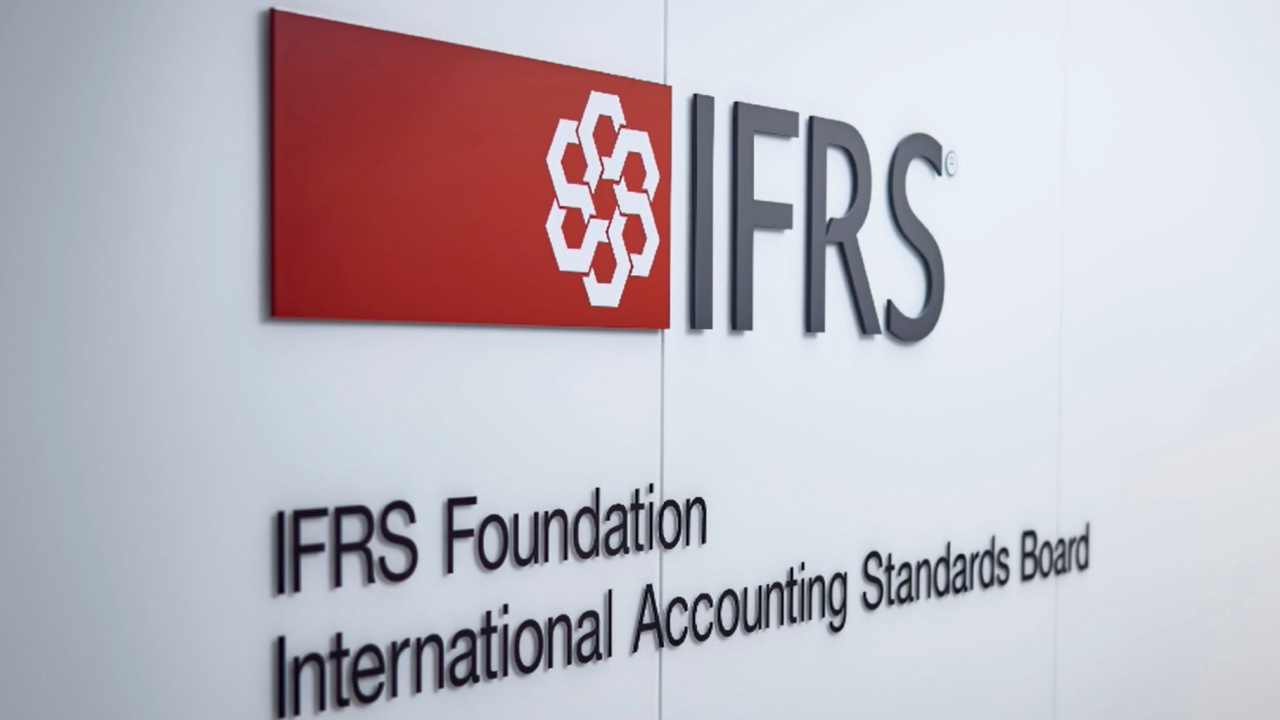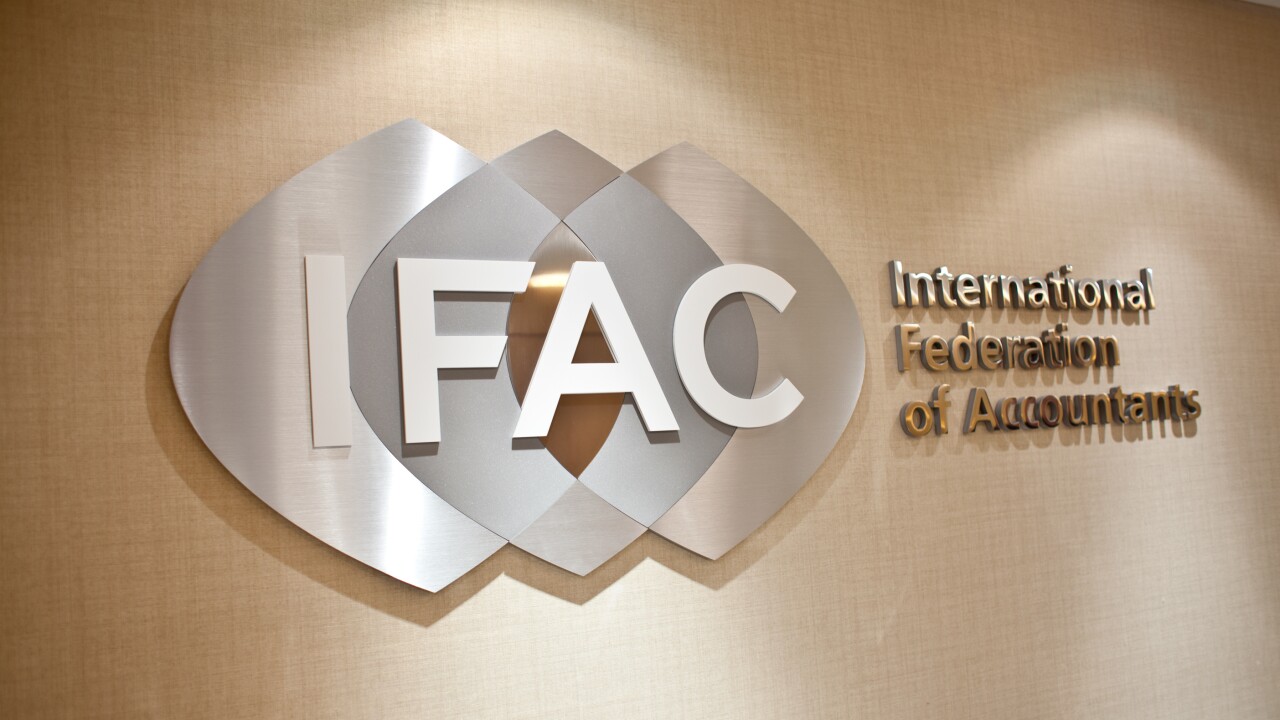The American Institute of CPAs released

An accounting standards update released by the Financial Accounting Standards Boards earlier this year,
“The requirements of the new FASB standard provide latitude in the way an entity with a collection chooses to spend the proceeds from sales of those items, by permitting the proceeds to be used for direct care of existing items,” said Christopher Cole, associate director of the AICPA’s Not-for-Profit Section, in a statement.
The term “direct care” isn’t defined in the FASB Accounting Standards Codification, as FASB decided an industry should be able to determine what it considers direct care, rather than FASB defining it.
Still, Some stakeholders have raised concerns that the Codification’s Master Glossary definition varies from other sources of non-authoritative guidance, the AICPA noted. FASB ASU 2019-03, Not-for-Profit Entities (Topic 958): Updating the Definition of Collections, requires that the use of “proceeds from [collection] items that are sold to be for the acquisition of new collection items, the direct care of existing collections, or both.”
The AICPA’s guidance says that when an entity determines which costs are considered direct care, important characteristics to consider include, but are not limited to, whether those costs:
- Enhance the life, usefulness, or quality of an entity’s collection.
- Provide a benefit to the collections (and not the entity as a whole or other areas of the entity beyond the collections), and
- Exclude expenditures that are regular and ongoing in nature (such as expenditures for routine maintenance of the collection).





